Gift-buying season is in full swing, and it’s time to get stuff for your loved ones. But, it has to be tangible, because stuff that occupies space in the physical world is how you tell someone you love him or her by that amount. I know this, because the UPS truck that delivers to my neighborhood had an additional trailer rigged to the back full of it.
Here are some data-ish printed things to show your loved ones that you care. We’re approaching last-minute territory for packages that don’t arrive with an Amazon smiley on the side.
Read More

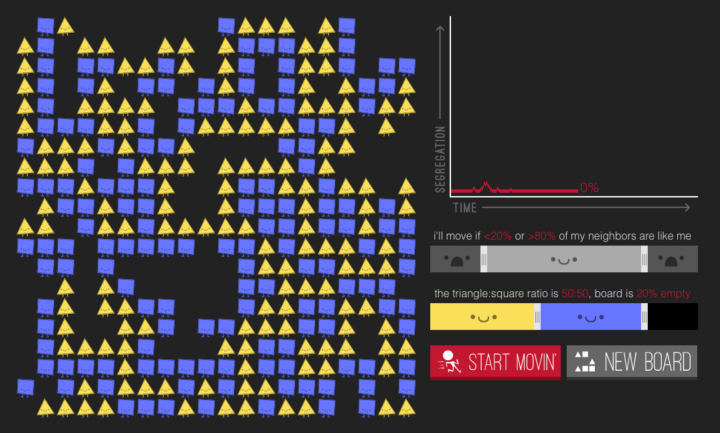
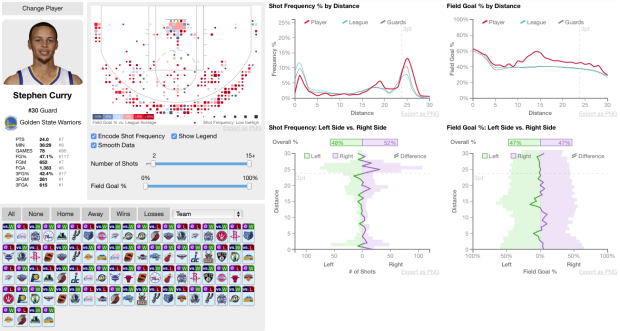

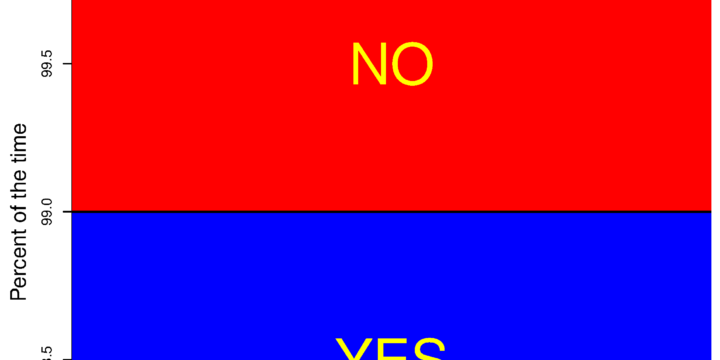




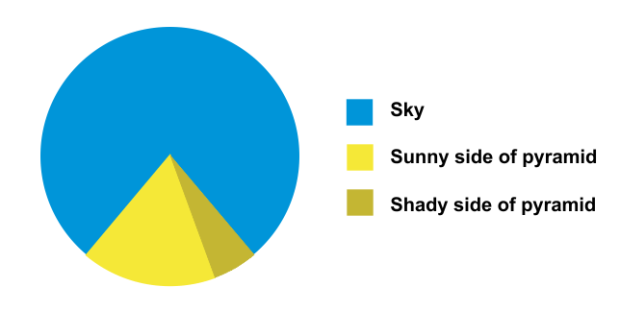


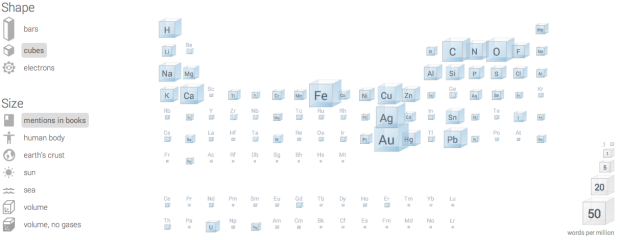






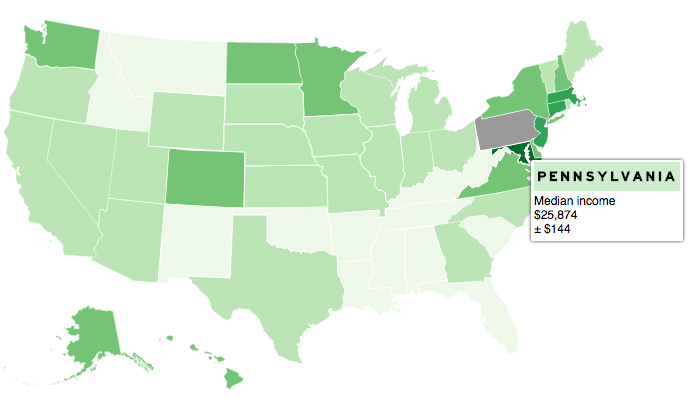
 Visualize This: The FlowingData Guide to Design, Visualization, and Statistics (2nd Edition)
Visualize This: The FlowingData Guide to Design, Visualization, and Statistics (2nd Edition)










